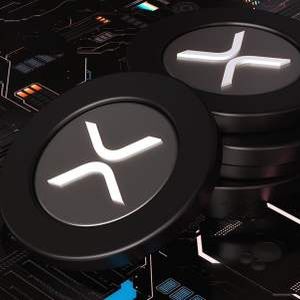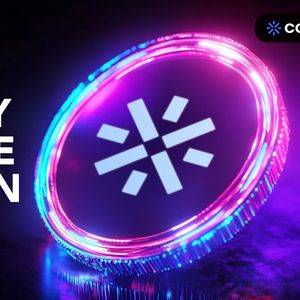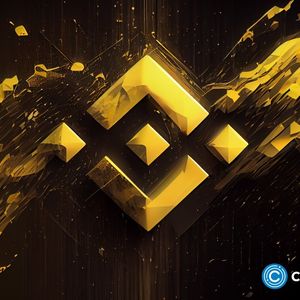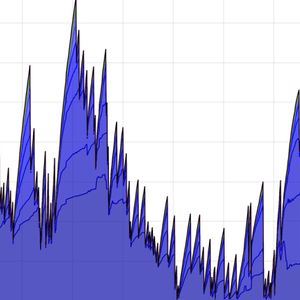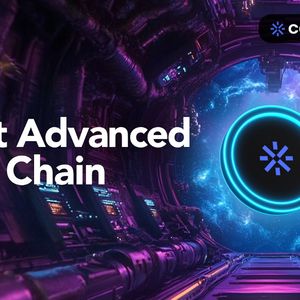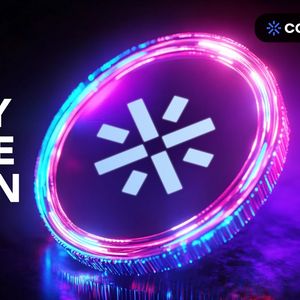The cryptocurrency and blockchain environment is always changing. Developers are incessantly searching for new innovation and improvement opportunities in decentralized applications. But ended-up projects and partially-completed ambitions sometimes cast shadows over the development landscape. What’s more, when developers do choose to pursue certain blockchains, it doesn’t always make sense. For instance, why would developers choose to build on the BNB Chain instead of Bitcoin? This report takes a closer look at the development activity of various blockchain ecosystems and what it could mean for their long-term viability and success. Ethereum, BNB Chain, and Polygon: The Giants of Development Activity Ethereum has long been the blockchain ecosystem development activity frontrunner. With its decentralized finance (DeFi) ecosystem, Ethereum continues to be the decentralized application (dApp) development hub across an array of sectors. You might expect the Ethereum 2.0 upgrade to result in an ecosystem slowdown as development efforts pivot to the new infrastructure. Instead, DeFi development on top of Ethereum surged in 2021, resulting in the appearance of DeFi protocols on the “Top 10” lists of many blockchain ecosystem analysts. Besides Ethereum, BNB Chain, and Polygon have also established themselves as blockchain ecosystems with substantial development activity. Both chains are enjoying greater adoption of their platforms, with BNB Chain receiving accolades for its compatibility with the Binance Smart Chain (BSC) and its position as a facilitator of decentralized finance projects and cross-chain interoperability. Meanwhile, Polygon, which is known for offering layer-2 scaling solutions on Ethereum, continues to make strides as a provider of faster and cheaper transaction speeds for decentralized applications. For a long time, these three ecosystems have formed the backbone of blockchain development, with thousands of projects operating on their individual networks. When developers select these blockchains to construct their applications, it becomes even more vital for these ecosystems to swell and thrive. Ethereum, BNB Chain, and Polygon are the current leaders among such decentralized networks, and their influence is likely to extend well into 2025 and beyond. Surprising Growth in Emerging Blockchains: Avalanche, Harmony, and Solana Even though Ethereum, BNB Chain, and Polygon remain at the top, a few remarkable trends over the last six months could alter the crypto landscape shortly. One of the most astonishing has been the burgeoning developer interest in some Layer 1 blockchains. These three—Avalanche, Harmony, and Solana—each have their own features and strengths that are increasingly captivating not just developers, but the whole crypto community, as well. The past six months have seen a strong growth in development activity on Avalanche, marked by a 10.0% increase in developer contributions. ConsenSys and Inc. was in charge of an audit of the Avalanche code. Not surprisingly, they found no major problems. That is another technical advantage that should, in principle, attract more developers to Avalanche and lead to substantial growth in its ecosystem. Why? Because, in the words of Avalanche’s chief marketing officer, “DeFi is a code problem.” If you have a good enough code base, decentralized finance will function. If we look at it from that perspective, Avalanche has a chance to become a major player in the DeFi space. – Harmony, a blockchain designed to offer fast and secure consensus through sharding, has also experienced a surge in development activity, with a 9.6% rise in contributions over the last six months. Harmony’s focus on scalability and interoperability has made it an attractive option for developers looking to build cross-chain dApps. The network’s ability to support a range of tokens and applications from different ecosystems positions it as a key player in the burgeoning world of multichain blockchain infrastructure. This uptick in developer activity may mean that Harmony is carving out a niche for itself in the rapidly expanding blockchain space. Despite earlier challenges, Solana is now capturing attention and interest. In the last six months, development activity on the Solana blockchain has even picked up a little speed, increasing 7.4%. With activity genuinely picking up, Solana has stamped itself as a real actor in the Web3 space. Its lightning-fast transaction speeds, ability to handle thousands of transactions per second, and low fees have made it a darling of decentralized applications in gaming, NFTs, and DeFi. Meanwhile, the decidedly positive tone of Solana’s nearly 40,000-person Discord suggests the developer ecosystem is healthy and steadily growing. When accounting for entire crypto ecosystems (all projects that currently run on a respective blockchain), Ethereum, BNB Chain, and Polygon are seeing the most development activity. But it may surprise you to see dev. activity rate ascensions over the past 6 months from… pic.twitter.com/6c25jV1G0D — Santiment (@santimentfeed) February 14, 2025 What Does This Mean for the Future? Development activity is picking up on newer Layer 1 blockchains like Avalanche, Harmony, and Solana, and this is part of a larger trend we’re seeing in the crypto ecosystem: increased competition among blockchain networks. As more and more developers dig into the nitty-gritty of these newer networks, we in the blockchain space could very well see further fragmentation of the market, with these different ecosystems serving different (and to some extent, special-purpose) applications. An essential aspect to think about is the potential market cap growth for these Layer 1 blockchains as they amass momentum. Developers are gravitating toward ecosystems that promise more scalability, lower fees, and greater interoperability. This “demand” for such networks is starting to work its way into their market capitalizations. What’s more, the blockchain ecosystems with the most active development communities also tend to post the most significant price increases, as they draw in prospective developers and investors eager to get in on the action. Looking ahead to 2025, it could be a watershed year for the adoption of blockchain technology. The layer 1 chains that have captured developers’ attention are starting to see some real-world, mainstream application. Chains like Avalanche, Harmony, and Solana seem set to increase their market capitalizations, while Ethereum, BNB Chain, and Polygon show no signs of stopping and continue to lead in maturation and development of their ecosystems. Conclusion: The Future Is Layered As development activity increases in the blockchain, the ecosystems that experience the most development will likely lead blockchain innovation. Even though Ethereum, BNB Chain, and Polygon are still the main go-to platforms for most developers, this is not the whole story. In fact, if you consider the increased development activity among some of these “emerging” ecosystems, a more diverse, and perhaps “layered,” blockchain future unfolds before our eyes. If you take Solana as an example, its total market cap nearly tripled from the end of 2020 to the end of 2021. For developers, investors, and users alike, the blockchain future looks vibrant, with many opportunities layered within these ecosystems. Disclosure: This is not trading or investment advice. Always do your research before buying any cryptocurrency or investing in any services. Follow us on Twitter @nulltxnews to stay updated with the latest Crypto, NFT, AI, Cybersecurity, Distributed Computing, and Metaverse news ! Image Source: maximusnd/ 123RF // Image Effects by Colorcinch


